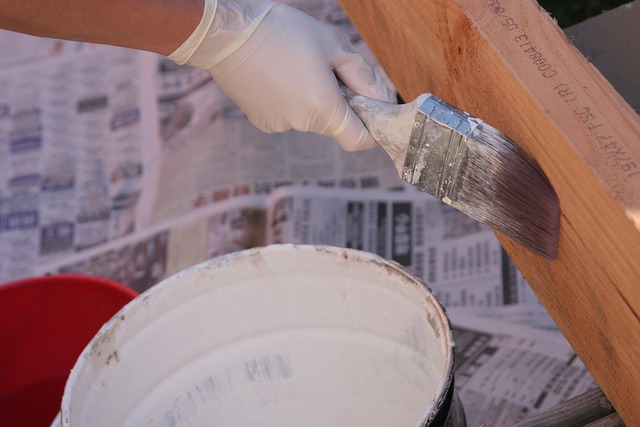Getting Started with DIY Home Improvement: A Beginner’s Guide
DIY home improvement projects can be a fun and rewarding way to upgrade your living space without breaking the bank. With a little creativity and some basic tools, you can tackle almost any project that comes to mind. In this article, we will explore the world of DIY home improvement, covering the benefits, essential tools, and some popular projects to get you started.
Benefits of DIY Home Improvement
There are many benefits to taking on DIY home improvement projects, including saving money, increasing your home’s value, and gaining a sense of pride and accomplishment. By doing the work yourself, you can avoid the high costs of hiring a contractor and make sure that the job is done right. Additionally, DIY home improvement projects can be a great way to learn new skills and spend quality time with family and friends.
Essential Tools for DIY Home Improvement
Before you start any DIY home improvement project, it’s essential to have the right tools for the job. Some of the most basic tools that you will need include a hammer, tape measure, level, and a set of screwdrivers. You may also want to consider investing in a cordless drill, impact driver, and a set of wrenches. The following is a list of essential tools that you should have in your toolbox:
- Hammer
- Tape measure
- Level
- Screwdrivers (flathead and Phillips)
- Cordless drill
- Impact driver
- Wrenches (adjustable and fixed)
- Pliers (needle-nose and slip-joint)
- Safety glasses and a dust mask
Popular DIY Home Improvement Projects
There are many DIY home improvement projects that you can take on, depending on your skill level and interests. Some popular projects include painting and decorating, tile work, and building furniture. The following are some ideas to get you started:
- Painting a room or ceiling
- Installing new lighting fixtures
- Building a deck or fence
- Tiling a bathroom or kitchen
- Building a bookshelf or coffee table
- Upgrading your plumbing or electrical systems
Tips and Safety Precautions
Before you start any DIY home improvement project, make sure to take the necessary safety precautions. This includes wearing safety glasses and a dust mask, as well as ensuring that the area is well-ventilated. You should also make sure to follow all manufacturer instructions and take your time when working with power tools. The following are some additional tips to keep in mind:
- Read and follow all instructions carefully
- Use the right tools for the job
- Take your time and work methodically
- Ask for help if you need it
- Be prepared for unexpected problems and setbacks
Conclusion
DIY home improvement can be a fun and rewarding way to upgrade your living space, as long as you have the right tools and a willingness to learn. By following the tips and guidelines in this article, you can get started on your own DIY home improvement projects and enjoy the many benefits that they have to offer. Remember to always put safety first and be patient with yourself as you work through each project. With time and practice, you will become more confident and skilled, and you will be able to tackle even the most complex DIY home improvement projects.



